electric Log Splitter
A log splitter, also known as an electric log splitting machine, provides an ideal surface to lay logs. Most electric splitters have a force of 5 to 8 tons, although some are stronger. However, most consumers who need more power would opt for a gas log splitter instead. As with any heavy machinery, using an electric log splitter can result in serious injury or even death. To ensure your safety while using an electric log splitter, you must read and follow the instructions in the manual carefully.
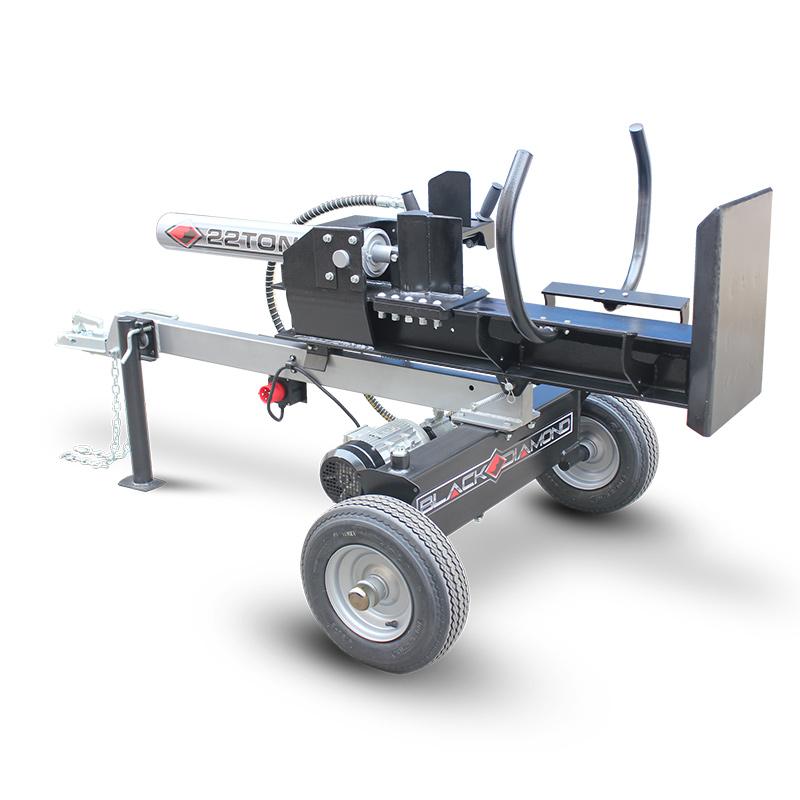
A gas log splitter may be easier to maneuver, but an electric version does not require an open space. In addition, an electric log splitter uses no gas, and so is much quieter. This feature makes it ideal for use at any time of day. The two-handed operation is also ideal for your safety. It also saves on time and gas, and is convenient for storage as well. For this reason, it is an excellent choice for those who frequently split wood around neighbors.
Whether you're splitting wood at home or in the yard, an electric log splitter will be a great addition to your toolkit. They provide powerful splitting force and can be used on all sizes of logs. Electric log splitters also come with wheels and can be carried around.
gas Log Splitter
When shopping for a gas log splitter, you'll likely need to consider two factors: power and speed. While you might want to choose a gas splitter that has a high power and high speed, most consumers don't need this extra functionality. You should also consider portability, as an electric splitter is not as portable as a gas one. And, when buying a gas log splitter, consider your budget as well.
A gas log splitter is more portable than an electric one, but both types have their advantages. An electric log splitter can't move very far, but a gas-powered model can be towed by a tractor or a ride-on mower. It is important to decide what type of power source you will use, as both gas and electric log splitters require regular maintenance. But, if you plan to use the log splitter outdoors, consider whether you can handle the maintenance involved in a gas-powered unit.
While there are smaller gas log splitters on the market, most gas log splitters range from seven to twenty-five tons. Although these smaller gas log splitters may be easier to tow behind your vehicle, they aren't legal for use on public roads. A higher-quality gas log splitter will have more power and speed. Some models can even switch from a horizontal to vertical splitting surface for easier access to larger logs.
electric vs gas
If you're in the market for a new log splitter, you might be wondering which one is best for you. Both gas and electric models have their pros and cons, and you'll need to consider your needs and intended use before making a decision. Electric models are often cheaper than gas-powered log splitters, and they're easier to store. They can be used both indoors and outdoors and require no fuel or oil changes. However, gas models are more expensive to purchase.
Whether you're looking for a small portable appliance to use in your garage or to use for bulk splitting, you'll want to decide which type of log splitter will be best for your needs. Gas models are typically noisy, and may not be safe to use in enclosed spaces. If you need to split a larger volume of wood, you'll want an electric log splitter. For more information on which type of log splitter is right for you, read on!
The most important thing to remember when deciding between a gas and electric log splitter is the power. While gas log splitters tend to be more powerful, the electric variety may be better for domestic use. Remember to check the power requirements before you buy, since electric models usually have lower wattage. Moreover, they're generally easier to maneuver than gas log splitters. However, if you're looking for convenience and portability, gas models are best for you.

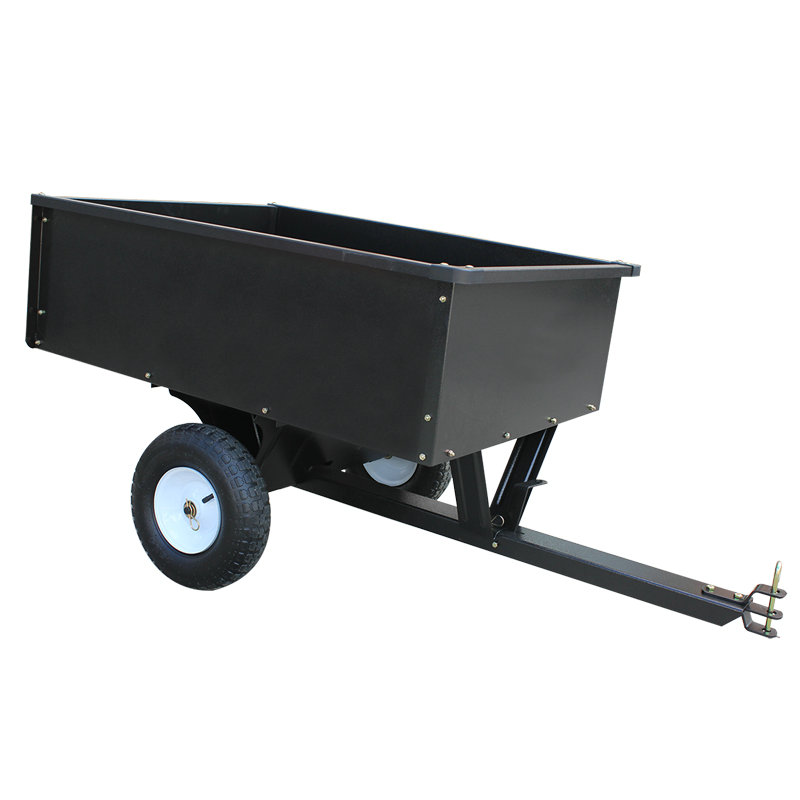 see more
see more
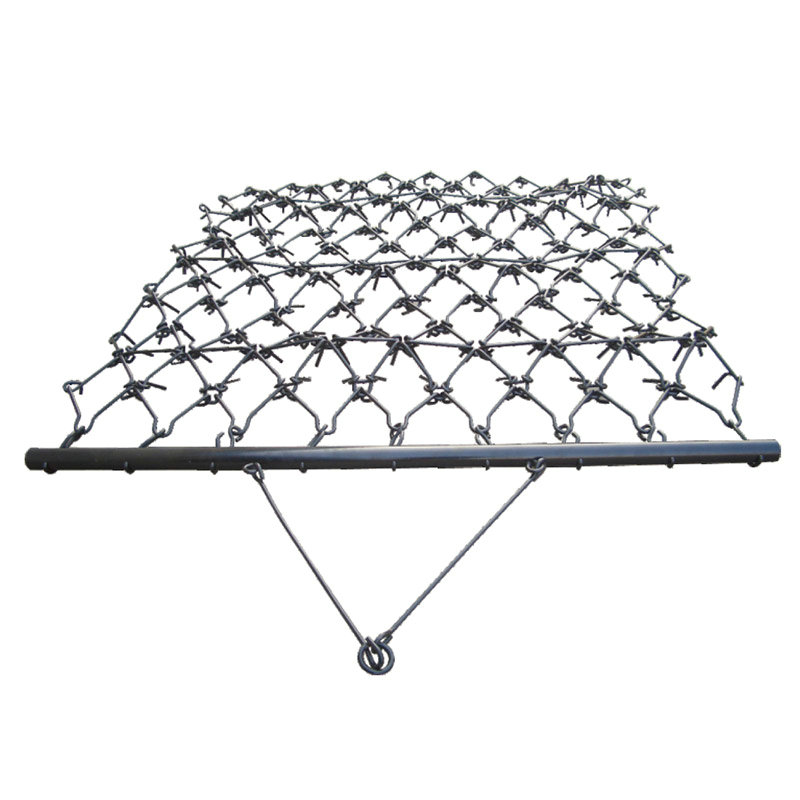 see more
see more
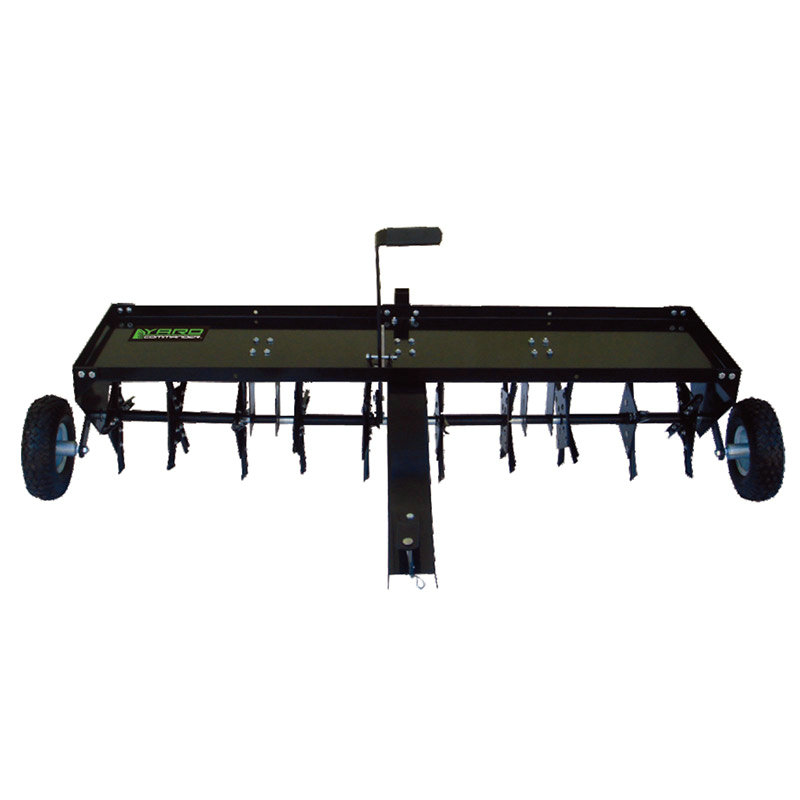 see more
see more
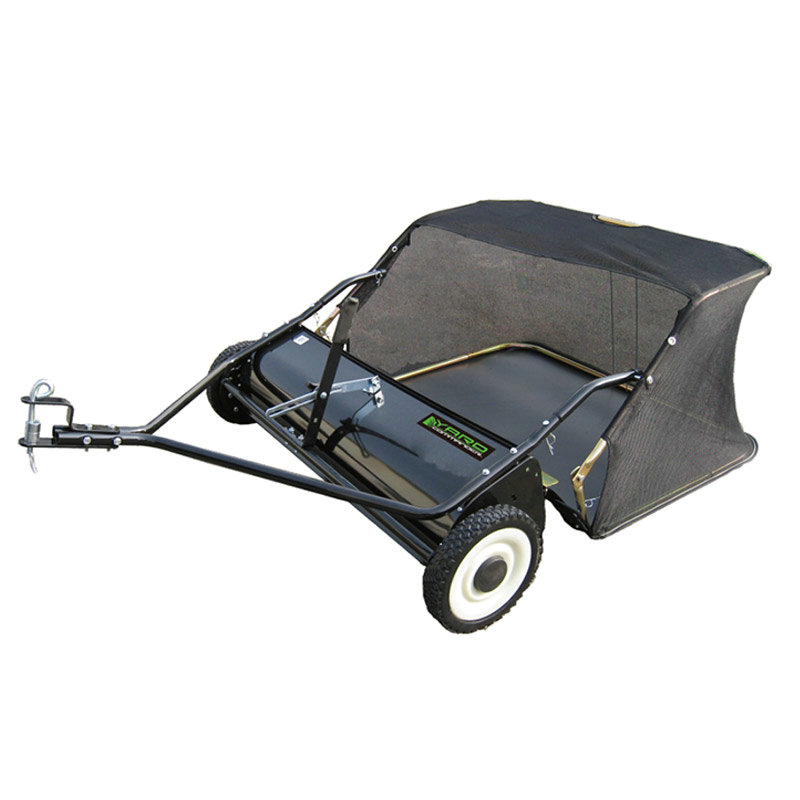 see more
see more


